Slain NPR Photographer Recently Explained the Perils of Covering War
David Gilkey's work covered the war on terror in Iraq and Afghanistan.
— -- Award-winning NPR photographer David Gilkey, who was killed in Afghanistan on Sunday, previously spoke to NPR about the dangers of covering war in a Facebook video that was recorded live for the social media website three weeks ago.
"One of the amazing things about being embedded [in a combat zone] ... is just how intimate you are with the subjects," Gilkey said in reference to a photo of soldiers questioning a man they suspected of planting roadside bombs. "You're right there. You're dealing with someone who potentially has taken part in injuring or killing [American soldiers]."
NPR foreign editor Greg Myre responded to Gilkey by asking him questions about his own safety when navigating through a landscape in which roadside bombs are a part of everyday life.
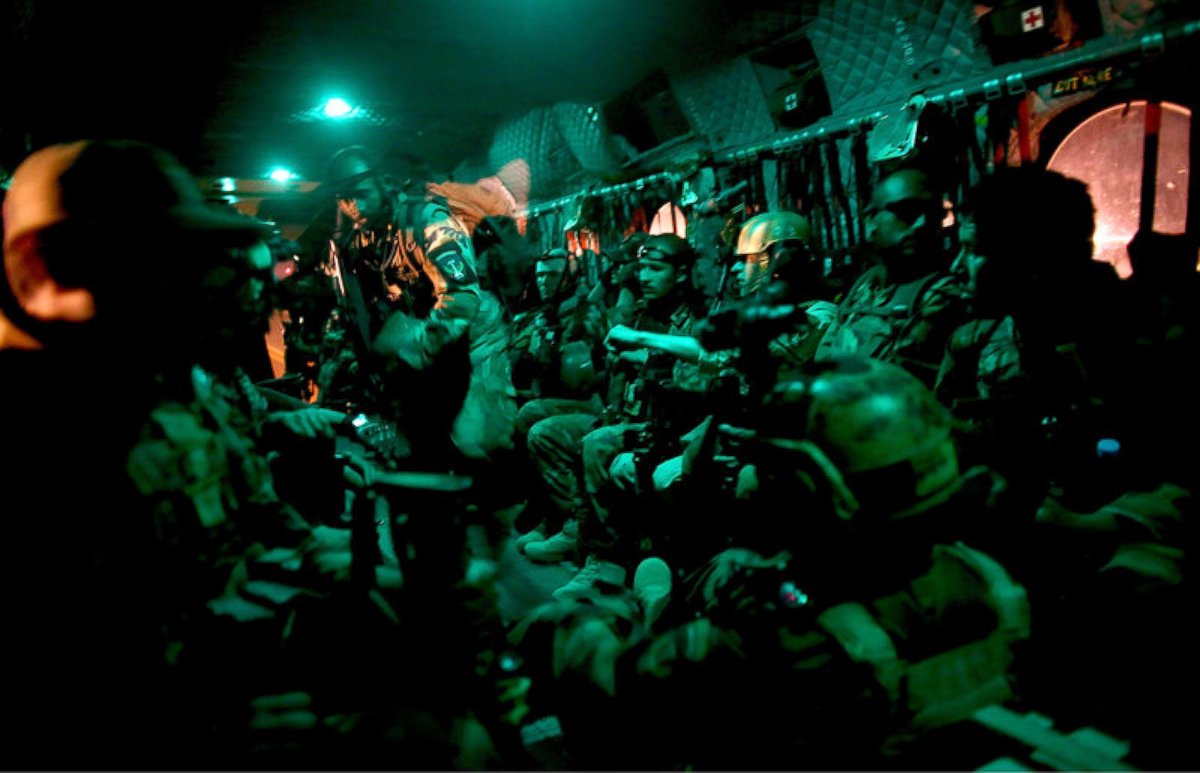
"We go step for step with the soldiers," Gilkey said in reply. "We're told: Don't ever take a step outside of where you see another footstep."
The interview highlights the perils journalists face when working in combat, after Gilkey and translator Zabihullah Tamanna were killed on Sunday while on assignment in southern Afghanistan. The convoy in which Gilkey and Tamanna were travelling came under shellfire. NPR's Pentagon correspondent Tom Bowman and producer Monika Evstatieva, who were travelling in a separate vehicle, were physically unharmed in the attack.
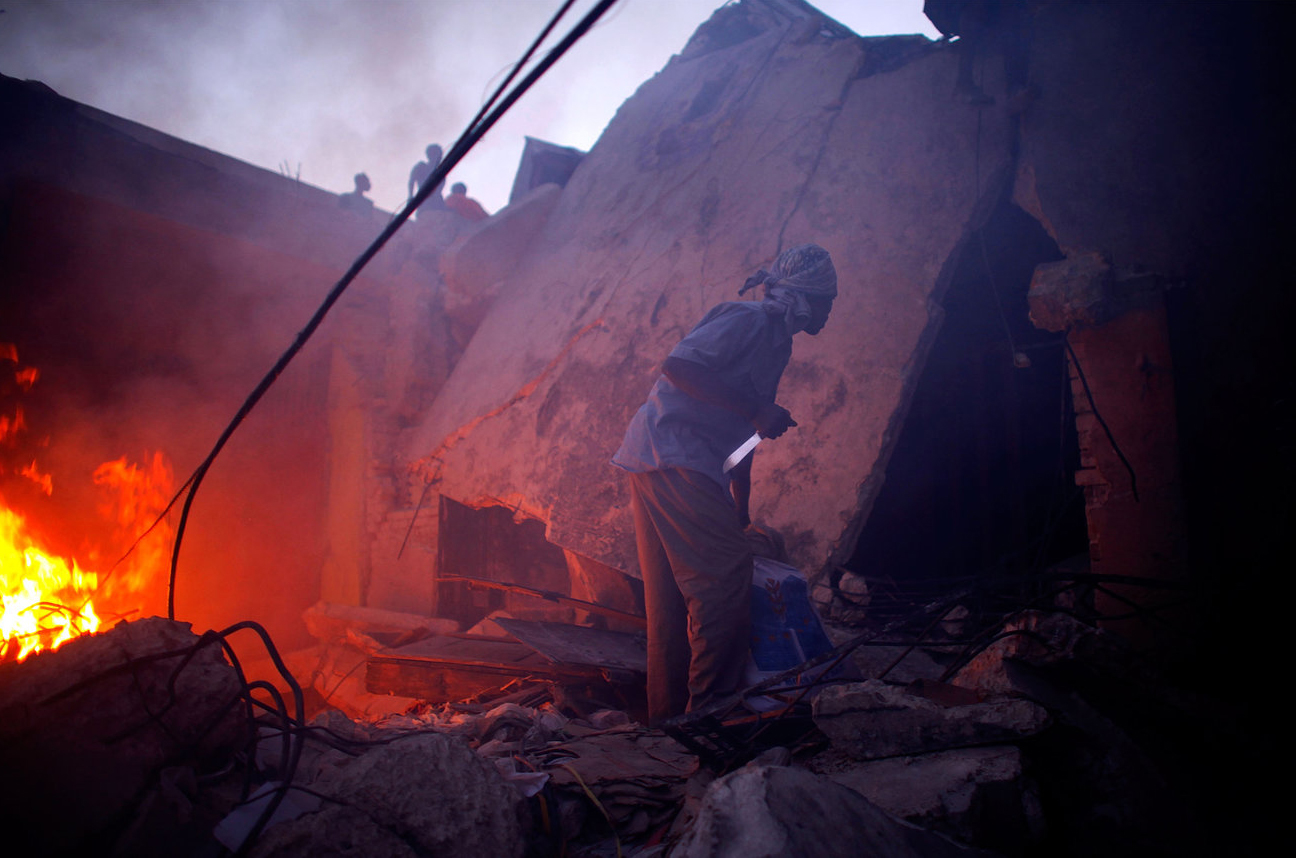
Gilkey, who covered war and conflict in Iraq and Afghanistan since the days after 9/11, according to NPR, risked his life for decades in order to capture the images that helped to shape America's understanding of its complicated and dangerous missions abroad. His work was honored with the prestigious George Polk Award as well as a national Emmy. In 2001, the White House News Photographers Association named Gilkey its Still Photographer of the Year and four years later, he became the first multimedia journalist to receive the Edward R. Murrow Award for his coverage of international breaking news, military conflicts and natural disasters.
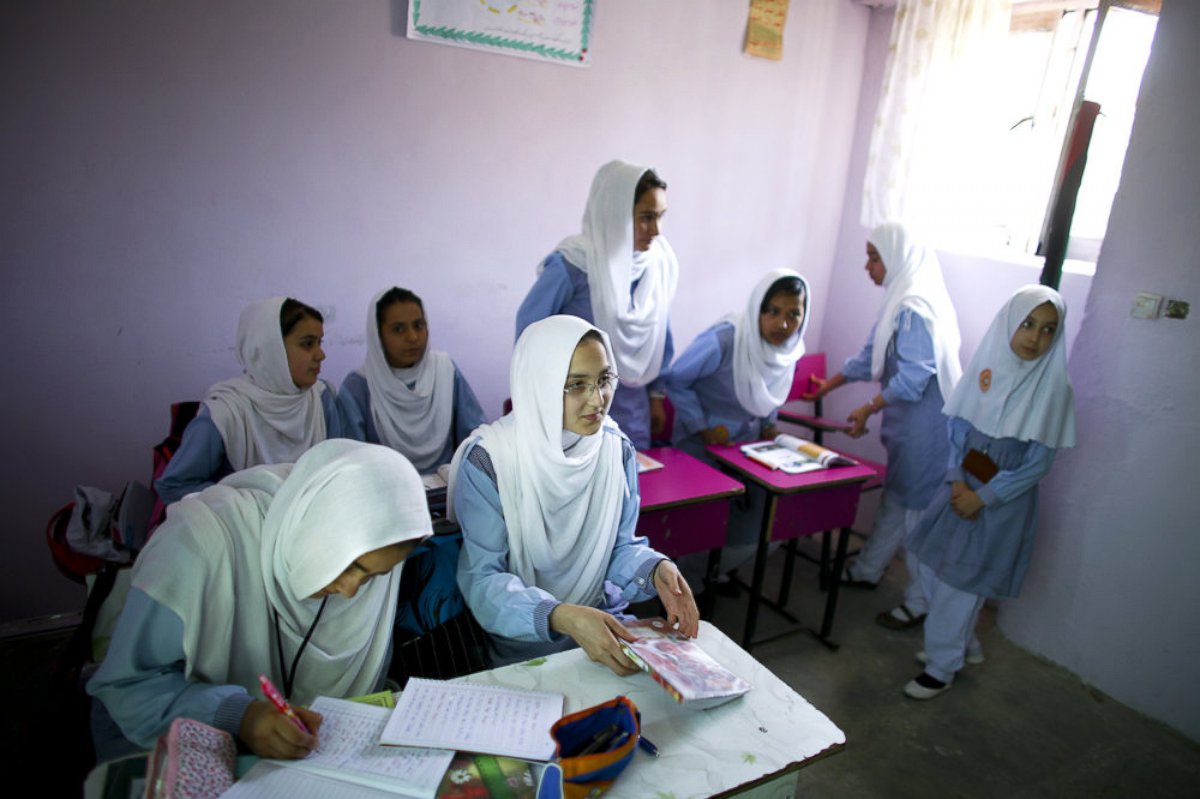
A recent example of his work includes a story published by NPR on Thursday, June 2, that featured tension-filled images of elite commandos preparing to fly into an area controlled by Taliban fighters.
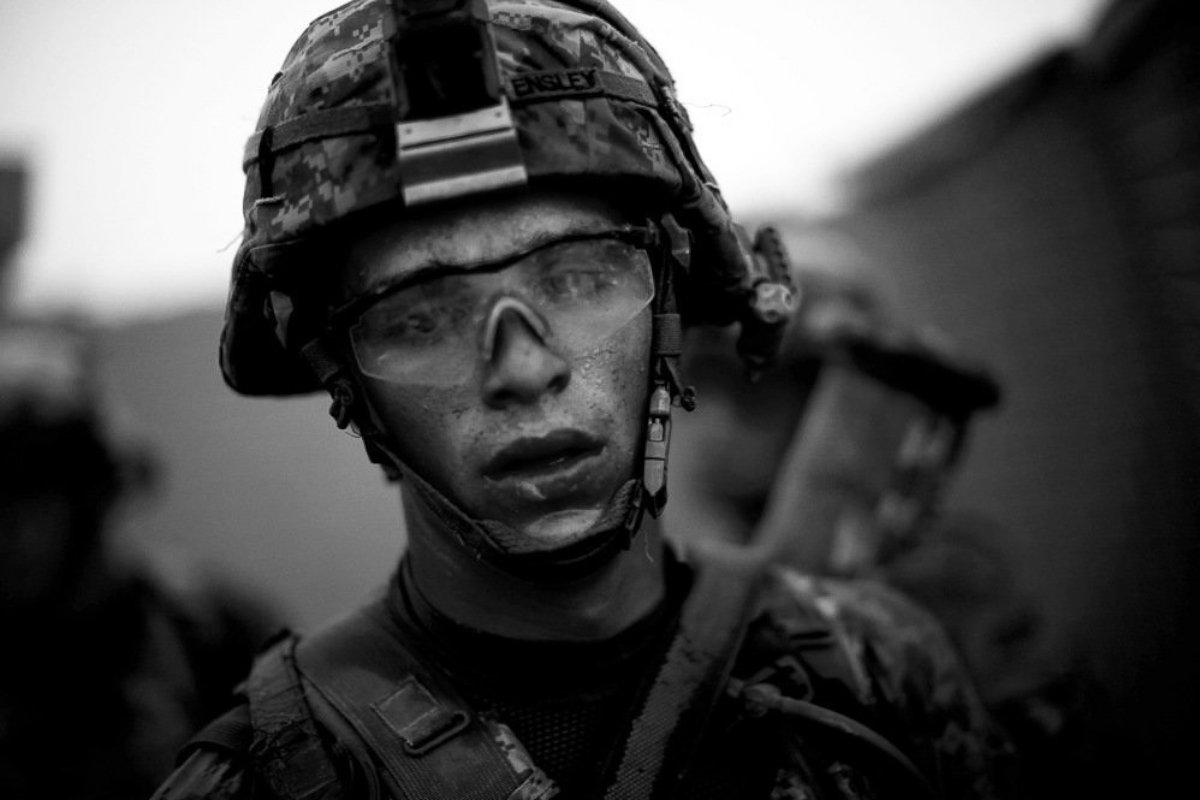
"As a man and as a photojournalist, David brought out the humanity of all those around him. He let us see the world and each other, through his eyes," NPR President and CEO Jarl Mohn said in a statement. "The things to do were amazing and the places to see were epic," David once said of his work. "But the people, the people are what made it all worth the effort."
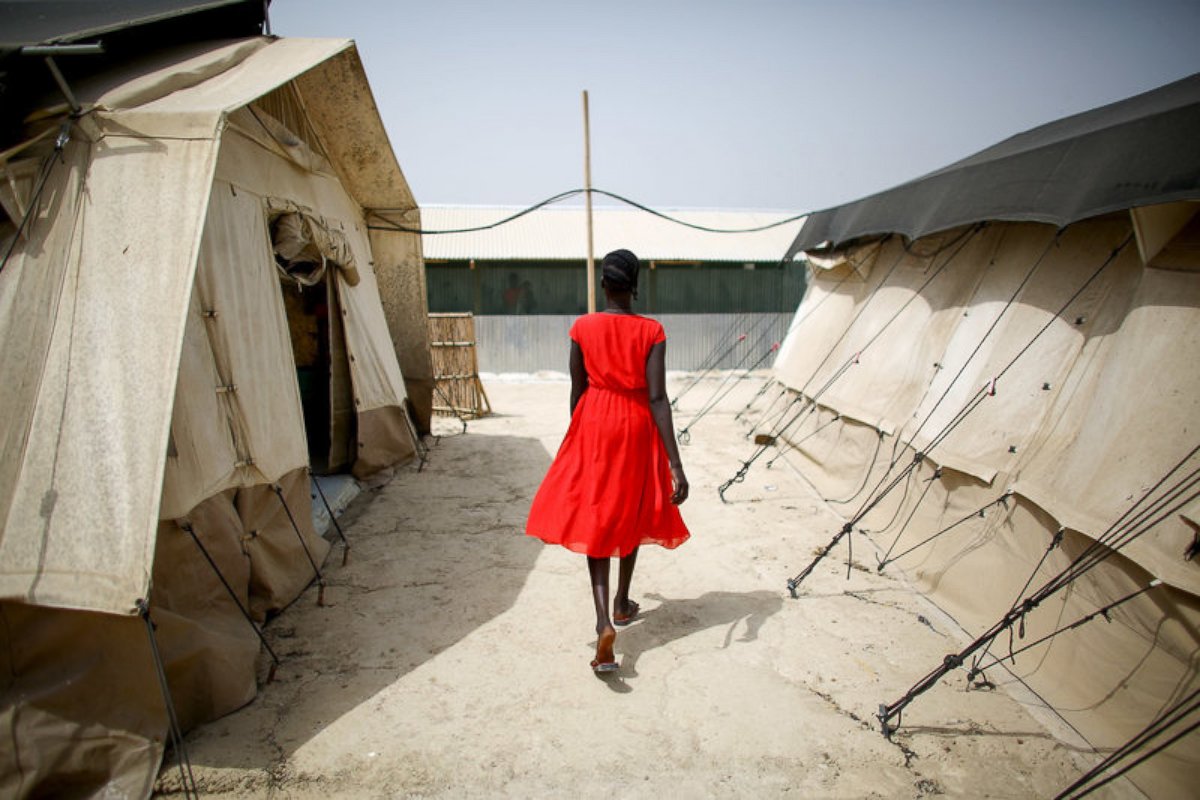
Twenty-four journalists and one media worker have been killed in Afghanistan since 2001, when the U.S.-led invasion into the country began, according to the Committee to Protect Journalists, an American independent nonprofit organization, which expressed sadness at the loss of Gilkey and Tamanna through social media.
That figure does not include the death of Gilkey and Tamanna.
The Newseum held its annual journalist memorial re-dedication event in Washington, D.C., today, adding 20 names to its memorial wall, representing all of those reporters, photographers and editors killed on the job in 2015. Jeffrey Herbst, the Newseum's CEO, touched upon Gilkey's death, calling it part of "a never-ending story" to a small gathering of reporters and family members.
"Without journalists ... we will not have news," Herbst said.
ABC News’ Janet Weinstein contributed to this report.




